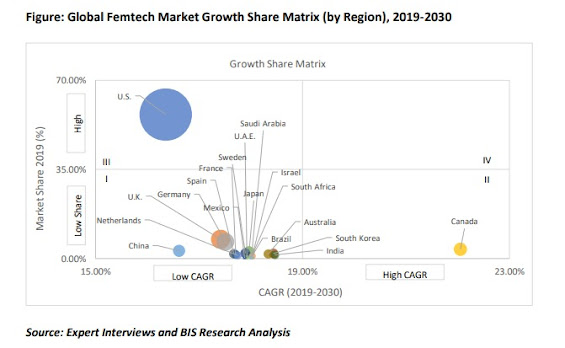X-ray and computerised tomography (CT) scan systems generate images of inside tissue, bones, and cancers using electromagnetic radiation. They are used by doctors to diagnose medical disorders. Hospitals, clinics, diagnostic imaging centres, and ambulatory surgery centres use X-Ray and CT machines for a variety of diagnostic applications.
Artificial Intelligence (AI) is driving market growth.
The market for spine X-Ray and CT equipment is quickly expanding as more CT scans and X-Rays are employed for imaging of vertebral fractures, spinal infections, and spinal malignancies. Furthermore, the incorporation of artificial intelligence (AI) is accelerating the industry's growth.
Because of its advanced technology, artificial intelligence is quickly becoming one of the most passionately debated topics in healthcare.
Some firms are attempting to improve the workflow in order to assist doctors identify diseases more quickly and reliably by digitising clinical photos and mathematically modelling them using AI.
AI also contributes to the critical lack of radiologists by without compromising diagnosis quality. AI improves diagnosis efficiency and radiologists' productivity. As a result of its novel analytics capabilities, artificial intelligence is a proven lifeline for all radiologists and pathologists.
In medical imaging, AI includes merging megapixel packets to create a high-resolution image. Its algorithms and analytics can readily look through the physiological state of the body in order to evaluate complex data patterns.
Artificial Intelligence for Spinal X-Ray: Spinal Disorders
AI quickly recognises bone fractures and matches radiologists' accuracy levels when preparing reports.
AI in X-Rays has also outperformed specialists in some circumstances. According to recent research, it reduces the percentage of fractures overlooked by 29% while improving efficiency by 5%.
X-rays of the spine offer images of the spine. It detects bone fractures, internal tissue damage, and other underlying illnesses. The AI programme then reads the X-Rays.
It facilitates the interpretation of a wide range of circumstances. Furthermore, the lower modalities of spine X-Rays make human eye interpretation challenging. As a result, by asserting AI algorithms under early metrics, AI bears the burden of producing proper findings.
Artificial Intelligence for CT Scans: Bone and Joint Disorders
CT scans provide an organised view of the body's bones and joints. While it produces clearer images than X-Rays, it is more expensive and exposes the patient to radiation dosages.
Radiation from CT scans can induce DNA damage in human cells, potentially increasing the risk of cancer. These scans expose a person to far more radiation than conventional non-ionizing radiation imaging examinations, such as X-Rays and mammography.
To combat the risk of radiation while obtaining clear photographs on a budget, AI-based deep learning approaches are the preferable options.
Deep learning reconstruction (DLR) is gaining popularity in place of iterative reconstruction (IR), which takes a long time to process.
Market Drivers and Challenges
Since the beginning of the COVID-19 pandemic, AI's contribution to medical imaging has grown dramatically. Doctors are turning to AI for help because of its rapid, dependable, and efficient analytics algorithms for gathering health-related data.
The absence of human error and the advancement of healthcare technology both contribute to the use of AI for medical imaging.
According to the global spine X-Ray and computed tomography market study, the market was worth $916.0 million in 2020 and is predicted to reach $1,623.5 million by the end of 2030. The market is expected to increase at a 5.91% CAGR between 2021 and 2030.
Population growth and ageing are predicted to increase the prevalence of spine procedures and chronic pain, driving the demand for X-Ray/CT scans. Governments are also involved.
Risks associated with radiation exposure and regulatory approval delays are factors impeding the growth of the worldwide spine X-Ray and computed tomography market.
Disruptions in product regulatory clearances due to tight government laws governing the use of AI-enabled technologies in medical imaging may stymie industry growth. Another factor impeding the growth of the global spine X-Ray and computed tomography market is the high cost of medical imaging.
Furthermore, rising demand from emerging markets such as Asia-Pacific, the Middle East, and Africa is likely to drive widespread use of such technologies and gadgets. Furthermore, due to the constantly growing need for spine X-Ray and CT devices in many emerging countries throughout the world, such as China, India, Brazil, and Mexico.






No comments:
Post a Comment